A new report published by WWF-Australia highlights how plastic waste could be halved if issues around the most persistently littered items are addressed
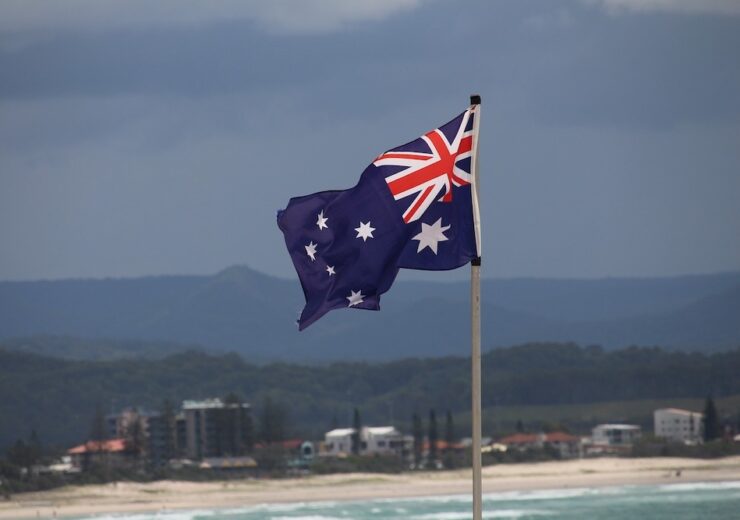
During the 2017-18 financial year, a total of 3.4 million tonnes of plastic was consumed in Australia (Credit: Pixabay)
Like many nations across the world, Australia has a problem with the amount of plastic waste it generates.
During the 2017-18 financial year, the country produced a total of 3.4 million tonnes of plastic waste.
Of this total, only 9.4% was recycled.
The Australian federal government has set itself a target of recycling or composting 70% of the plastic packaging waste it generates by 2025, but plastic reprocessing would have to increase by up to 400% in order to achieve this goal.
The World Wildlife Fund (WWF) in Australia estimates that around 130,000 tonnes of plastic waste enters the country’s environment every year.
A new report, published by the environmental charity, has outlined actions that could halve this figure.
Commissioned by WWF-Australia and prepared by consultancy Boston Consulting Group (BCG), it sets out a list of recommendations for addressing the six most problematic types of single-use plastic.
These are plastic bottles, soft “scrunchable” plastics, disposable foodware, disposable packaging and containers, cigarettes, and microplastics.
By analysing data from clean-up activities, BCG found these “six to solve” make up the majority of litter collected from the environment.
BCG partner and managing director Wendy Mackay said: “We estimate these six types of plastic account for 70% of our single-use plastic consumption in Australia, and make up 75,000 tonnes of the 130,000 tonnes of plastic flowing into our environment each year.
“This equates to around 600 million plastic bottles, 7.14 billion pieces of soft plastics and a staggering eight billion cigarette butts leaking to the environment each year, making cigarettes the most littered item in Australia.”
Three actions that could be taken to halve plastic waste leakage in Australia
The report proposes three actions that Australia’s federal, state and territorial governments could take to reduce consumption of the six to solve and prevent them from becoming a blight on nature.
This includes developing a road map to phase out cigarette filters, microbeads, and most types of disposable plastic foodware, packaging and containers.
WWF-Australia’s no plastics in nature policy manager Katinka Day said: “Littered cigarettes get washed into stormwater drains and into our waterways, where marine animals can mistake them for food and be killed by the toxic materials.
“Cigarette filters are made from non-biodegradable plastic that can take up to 15 years to break down.
“Afterwards, they become microplastics and leach their toxins into our oceans.”
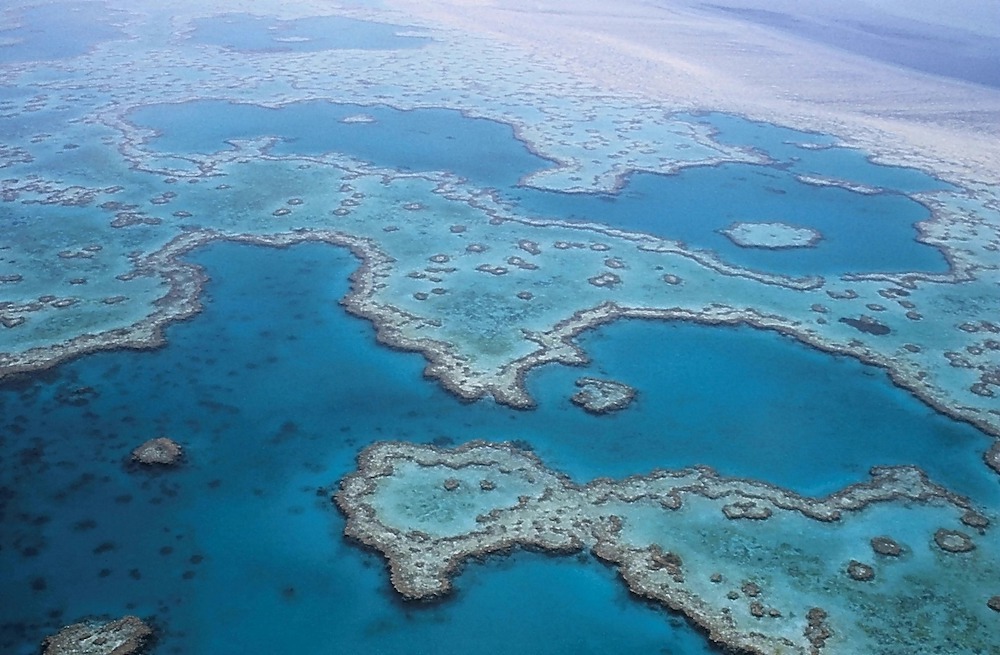
The charity also suggests regulations be put in place to manage single-use plastics that can’t be phased-out by improving collection systems and incentivising the development and adoption of sustainable alternatives.
The report found that these actions have the potential to reduce Australia’s consumption of the six troublesome plastics by a quarter – more than double the rate of recovery achieved through recycling – as well as halving the leakage of plastic waste into the environment.
Day added: “We have the opportunity to halve the amount of plastic pollution flowing into nature right now, but we need our governments to take the lead.
“Industries and individuals cannot solve the planet’s plastic problem alone.”
How Australia can tackle six problematic plastic waste types
Plastic bottles
Between 2018 and 2019, not-for-profit firm’s Tangaroa Blue, Clean Up Australia and Keep Australia Beautiful, collected a grand total of 3,491,388 littered plastic items during waste clean-ups.
Of this, 459,645 were plastic bottles – second only to cigarettes as the most commonly found type of litter.
According to WWF-Australia’s report, this item is also the most commonly-used plastic product in the country, with the report stating that a total of 325,000 tonnes were consumed in 2017-18.
It adds that 35% of those were recycled – the highest rate for any of the six plastic types – while 12% were leaked into the environment and 53% went to landfill.
Alongside this, the plastic bottle is the only product type highlighted by WWF-Australia that has disposal regulations in place across all of the country’s six states and two territories.
However, virgin materials are predominantly used in the production of the more than one billion water bottles bought in Australia every year.
This is because of the cost and quality competitiveness of virgin material when compared to recycled plastic, which highlights the need for more plastic bottles and lids to be collected and recirculated.

One way of reducing the amount of single-use plastic bottles is through reusable beverage containers.
In order to encourage people to use more of these, the report recommends state governments implement a plan to invest in water refill stations for all new public space developments, as well as reviewing existing spaces to ensure there is sufficient availability.
It also says recycled content should be used to make all plastic bottles, with products designed to minimise litter.
The WWF believes this should be done by mandating the Australian Packaging Covenant Organisation’s (APOC) 2025 recycled content target.
Alongside this, the report highlights how a deposit return scheme (DRS) – which works by adding a levy to plastic drinks bottles that can be claimed back by consumers who return them to a specified location for recycling – could be key in improving the way Australians dispose of plastic bottles.
It says there should be an increase in public education around DRS, including encouraging links with local community groups, schools, charities and businesses.
Alongside this, the refund amount should be optimised and location convenience improved.
Soft ‘scrunchable’ plastics
In the WWF report, soft “scrunchable” plastics fall into three categories: food wrappers, thick plastic bags, and balloons.
Between 2018 and 2019, a total of 400,427 “scrunchable” plastic litter was collected, accounting for about 11% of all debris.
The organisation also estimates that 274,000 tonnes of this type of item was consumed between 2017 and 2018.
Of this waste, only 1% was recovered, with 10% leaked into the environment and 89% going into landfills.
Typically, “scrunchable” plastic food wrappers are difficult to recycle, often ending up in landfills when thrown away.
As packaged food in Australia is often consumed outdoors, it’s also in the urban environment and is one of the most commonly littered items found in clean-ups.
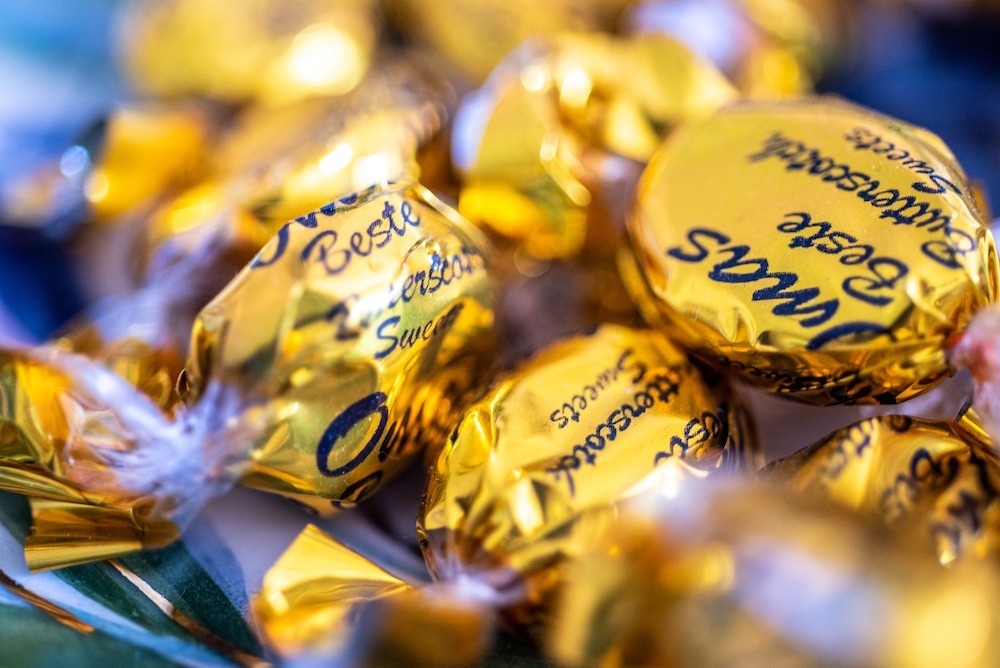
In order to reduce this problem, the report suggests specifically targeting unnecessary food wrap plastic and designing food wrappers so they’re 100% recyclable, or made from an alternative environmentally-friendly material like dissoluble or edible food packaging.
In order to do this, it recommends providing grants and other incentives to scale-up the innovation of non-plastic, sustainable, and environmentally-friendly alternatives.
It also says levies on plastic food wrappers should be introduced to discourage use where there isn’t significant hygiene or freshness benefits.
As for thick plastic bags – which are commonly found in supermarkets and are seen as an alternative to the traditional complementary single-use plastic bag – the report says they are readily available to shoppers and are often used only once or twice.
Due to their thickness, they take longer to break down, posing greater damage when littered in the environment.
They’re also sometimes mistakenly used to throw items into recycling bins, contaminating loads and driving up sorting costs.
In order to tackle this, the report says thick plastic bags should be banned to avoid the unintended increase of single-use and other bag materials.
It believes this could be done by working with industry to increase the reuse of bags, as well as educating consumers and raising awareness.
As for balloons, they and their attachments are often not biodegradable, and once released can travel hundreds of miles and burst at high altitudes.
They’re also among the most harmful waste items to wildlife as they’re typically mistaken for food and swallowed, which leads to choking and often death.
To tackle this, the report says that the release of balloons into the environment should be banned, with the rule accompanied by a public awareness campaign about the damage the product can cause.
Disposable foodware
Of all the littered plastic waste items collected by Tangaroa Blue, Clean Up Australia and Keep Australia Beautiful between 2018 and 2019, 217,731 were defined as foodware products.
The report splits disposable foodware into two categories: utensils, straws and stirrers, and cups, lids and bowls.
Overall, between 2017 and 2018, 25,000 tonnes of disposable foodware products were consumed in the country, of which 2% were recovered, 11% leaked into the environment, and 92% sent to landfill.
The report states that, over the course of a year, 3.5 billion straws are used by Australians, making them one of the most commonly-found items in litter collections.
It’s also estimated that more than 7 million plastic utensils are used every day in the country.
This type of disposable single-use plastic foodware also tends to be difficult to sort and recycle, due to size, shape, and material inconsistency.
In order to tackle disposable plastic utensils, straws, and stirrers, the report recommends that both eat-in and delivery businesses don’t provide them at all, so that consumers get into the habit of carrying their own reusable alternatives.
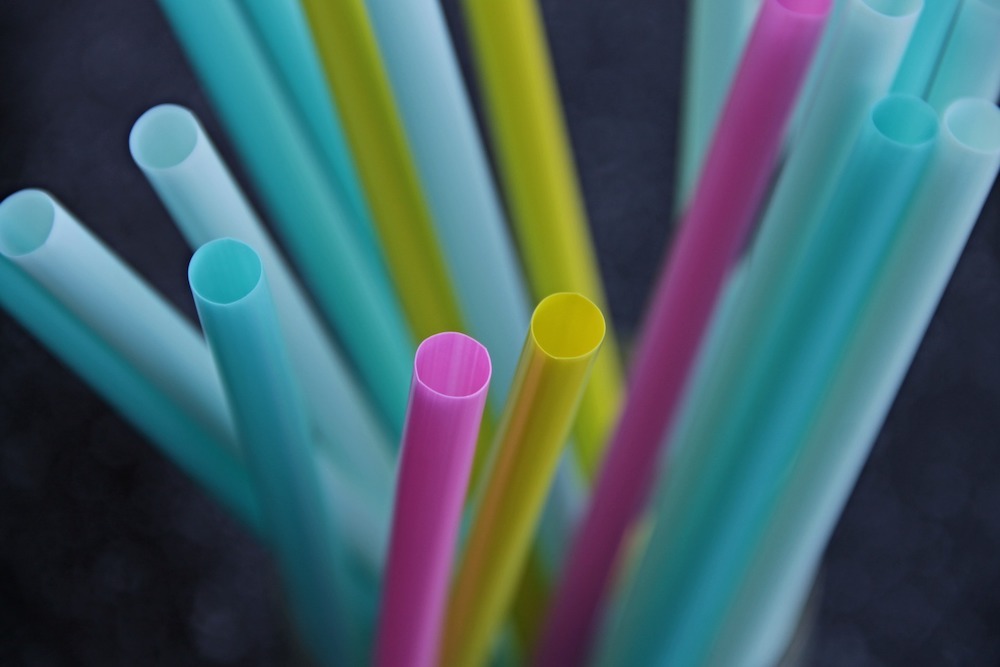
Alongside this, it suggests the government should invest in the development and distribution of these alternatives through grants and other incentives.
As for other disposable foodware items, the report states that more than a billion disposable coffee cups and lids are binned in Australia every year.
This is not sustainable, because most paper-based takeaway coffee cups are usually lined with a membrane of polyethylene to make them waterproof, meaning they’re not recyclable alongside other paper and cardboard.
These items are commonly found in clean-up surveys, as they are often consumed away from home.
Alongside this, plastic plates are too light to be sorted correctly by recycling machines, which are designed to separate larger items, like bottles and tubs.
Due to their lightness, they’re often mistakenly sorted as paper by recycling machines, contaminating paper and cardboard products, and significantly reducing the quality of recycled paper products.
Like with plastic stirrers, straws, and utensils, the report suggests that cups, lids, bowls, and plates should not be provided for eat-in dining or delivery.
WWF-Australia also suggests increasing the availability of recycling collection for plastic foodware in public areas with a high degree of consumption.
Disposable packaging and containers
The report focuses on two types of disposable packaging and containers, these being food and expanded polystyrene (EPS) based goods containers.
Between 2017 and 2018, 58,000 tonnes of disposable packaging containers were used in Australia, 15% of which was recovered, with 11% leaked into the environment and 74% ending up in landfill.
In terms of food containers, most used in supermarkets and takeaways are completely or partially composed of plastic, and often end up in landfills or the environment.
This coincides with the rapid growth of takeaway food beverage services over recent years, facilitated by increased food delivery services.
In order to tackle the problem, the report recommends businesses adopt reusable container models wherever possible, either through consumers bringing their own containers, or businesses providing them.
It also suggests grants and other incentives to support businesses to innovate container reuse and return schemes, and plastic-free design alternatives, as well as introducing a levy on plastic food containers at the point of sale to discourage use.

Alongside this, it says that all EPS food containers should be banned, as they’re difficult to recycle.
This is highlighted as one issue with EPS-based goods packaging more generally, with there also being little end-market demand.
As well as this, EPS’s litter stream is seen as a particular problem because the materials are lightweight and easily break down into small pieces, which then enter the environment and cause harm to wildlife.
In order to tackle this problem, the report recommends banning the use of EPS in all consumer packaging.
Alongside this, it suggests introducing extended producer responsibility, forcing companies to recover EPS waste for B2B packaging applications.
Cigarettes
Of all the littered plastic items collected by Tangaroa Blue, Clean Up Australia and Keep Australia Beautiful between 2018 and 2019, 21% was cigarette waste – higher than any other culprit listed in the report.
In 2017-18, 2,200 tonnes of cigarettes were consumed.
Half of this amount was leaked into the environment, while the other 50% became landfill.
The report splits the types of cigarette waste into two categories, these being filters and e-cigarettes.
It’s estimated that eight billion cigarette filters are littered in Australia every year, making it the most littered item in the country.
These filters are typically made from non-biodegradable plastic and can take between 12 and 15 years to break down.
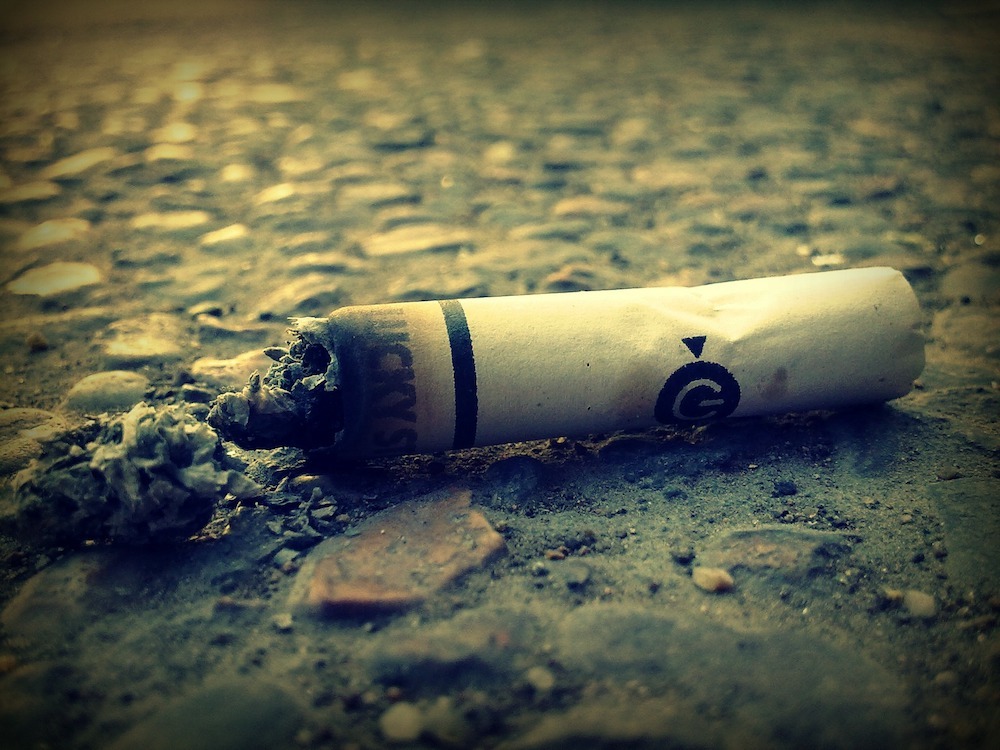
Despite this, Australians continue to use cigarette filters, wrongly perceiving that they can improve health outcomes.
The report recommends banning smoking in public and national parks, beaches, and waterways, as well as increasing fines for people littering cigarette filters more generally.
In the longer term, it suggests phasing in a ban on plastic filters, requiring companies to remove them from their products.
Alongside cigarette filters, e-cigarettes – battery-operated devices that replicate the act of smoking cigarettes without tobacco – are typically non-recyclable and non-biodegradable.
This is because the hard-plastic pods contain lithium batteries, which cannot be recycled with regular household plastic waste.
Also, when they’re littered or improperly discarded, the devices can leak heavy metals and battery acid into the local environment.
The report believes one way to tackle this challenge is by banning single-use cartridges, achieved through introducing a new product standard requiring e-cigarette companies to produce products that are reusable.
Alongside this, it suggests governments introduce rules that would require e-cigarette manufacturers to bring in return deposit schemes, offering refunds in exchange for used units and cartridges.
Microplastics
Over the past few years, awareness about the persistent presence and threat of microplastics in the environment has grown significantly.
Microplastics are small plastic pieces less than five millimetres long that cause significant damage to natural habits and wildlife.
In 2017-18, Australians used 100 billion microbeads – a common form of microplastic.
The entirety of these microbeads were leaked into the environment.
Microplastics could have negative health benefits for humans as well as animals, with one 2019 study by the University of Newcastle in Australia discovering that an average person could be ingesting approximately five grams of microplastic every week in their food.
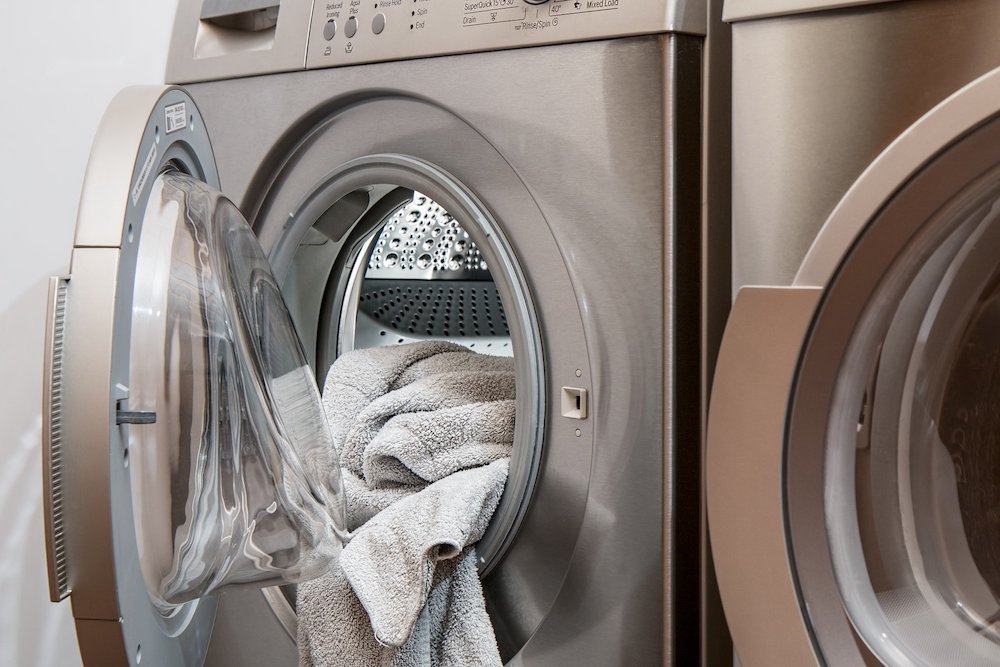
The report highlights two types of microplastics: microbeads – small plastic beads typically found in personal care and household cleaning products – and microfibers, which are tiny plastic threads shed from synthetic fabrics.
In order to tackle microbeads, WWF-Australia suggests governments introduce legislation to ban them from being imported, manufactured, and sold in the country.
As for microfibres, the report recommends phasing in product standards to reduce shedding from clothes after the point of sale, as well as introducing pre-washing standards to minimise pollution generated by consumers.
Alongside this, it says that governments in Australia should enact standards to improve the catchment of microfibres in washing, making the fitting of microfibre filters standard for new washing machines.
Work currently being done by federal, state and territory governments in Australia to tackle plastic waste
The recommendations layout in the report follows on from the work currently being done by federal and state governments in Australia to tackle plastic waste.
Co-regulatory not-for-profit APOC, for example, is working with governments and industry towards four voluntary 2025 national packaging targets designed to address the recyclability of food wrappers.
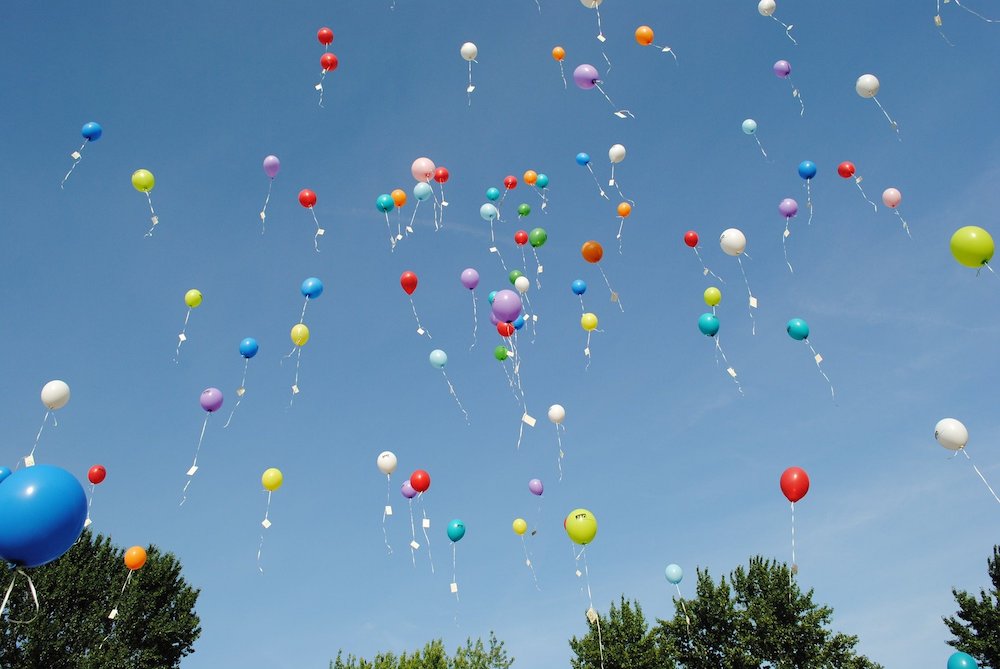
These targets include making 100% of this type of packaging reusable, recyclable or compostable.
Other goals include having on average 50% recycled content included in the packaging, and phasing out problematic and unnecessary single-use plastic from products.
Some sort of DRS system is also in place or planned in all states and territories in Australia, while the Australian Capital Territory has committed to phasing out produce bags.
Queensland’s state government has prohibited the release of balloons under the Waste Reduction and Recycling Act, with both New South Wales and the Australian Capital Territory banning the release of 20 or more balloons.
As for disposable foodware, Queensland, South Australia, and the Australian Capital Territory have committed banning utensils, straws, and stirrers, with Queensland also committed to banning plastic plates and bowls.
South Australia and the Australian Capital Territory have said they will ban EPS cups, bowls, and plates, with all regions also saying that they will phase out EPS food containers.
In an attempt to tackle microbeads, a federal government voluntary phase-out was implemented in 2016, with a 2018 assessment finding that 94% of products no longer contained microbeads.
